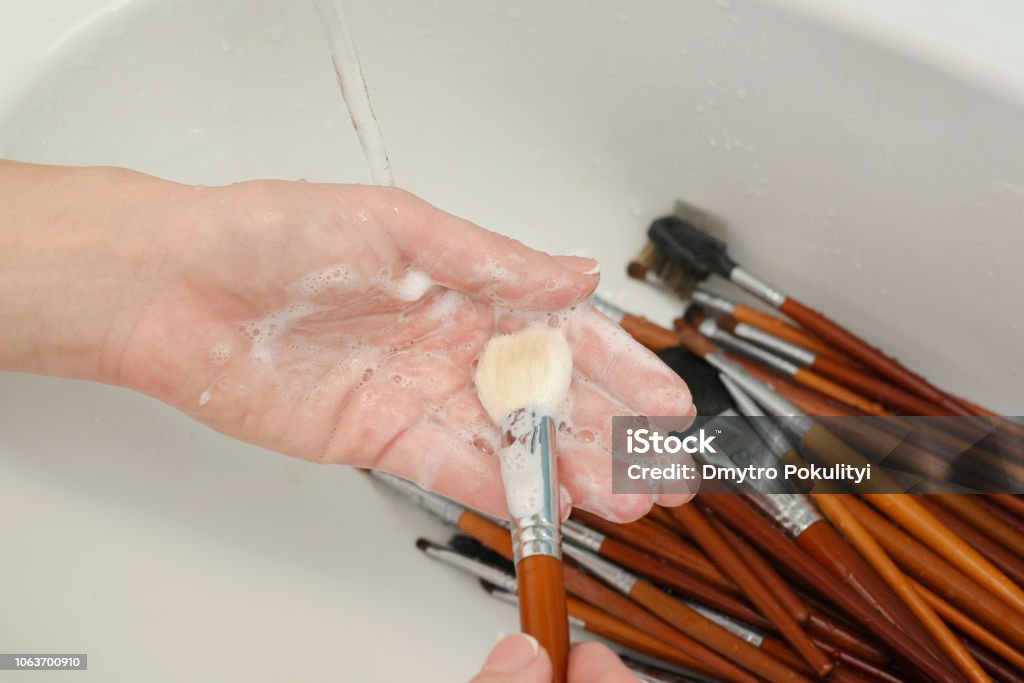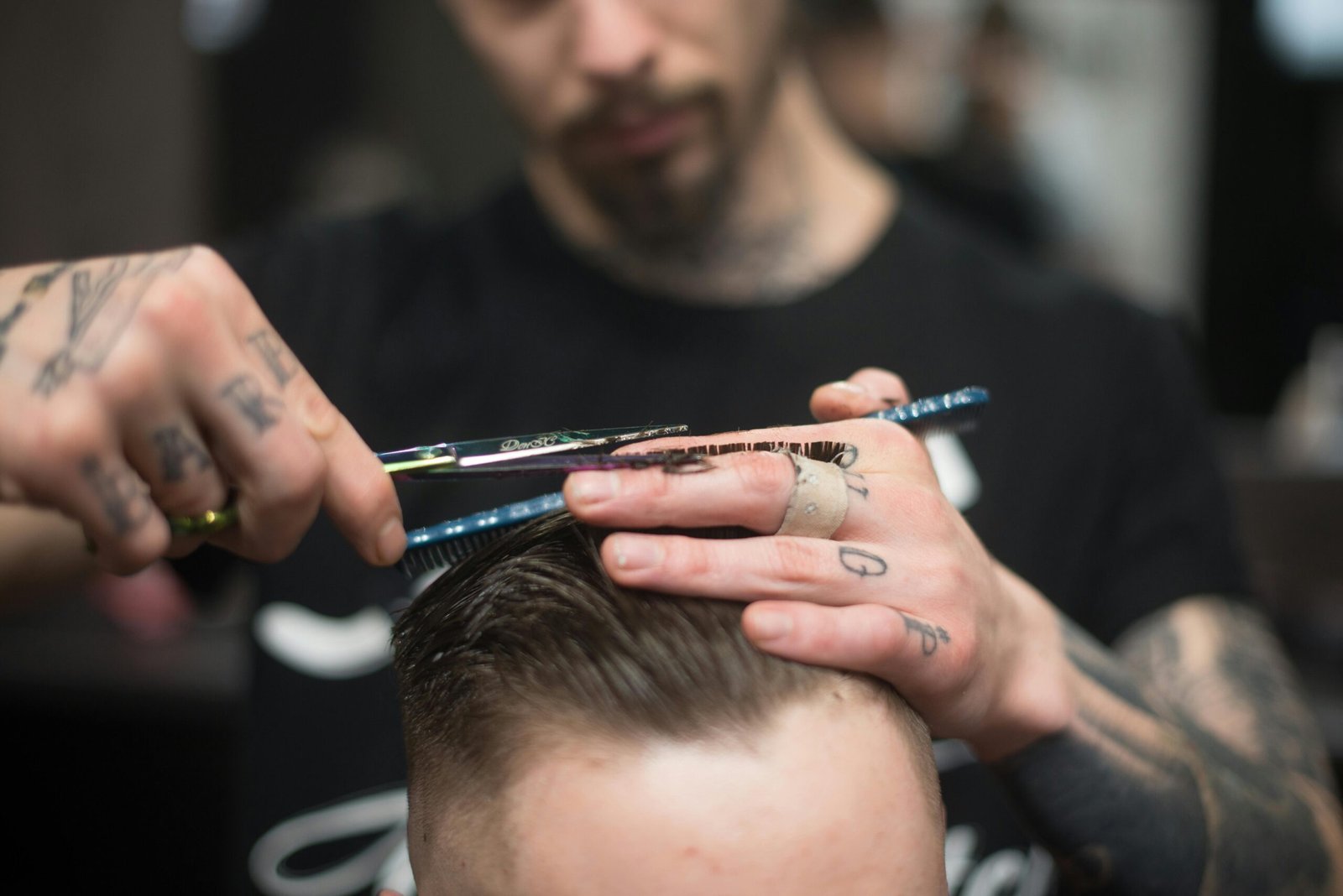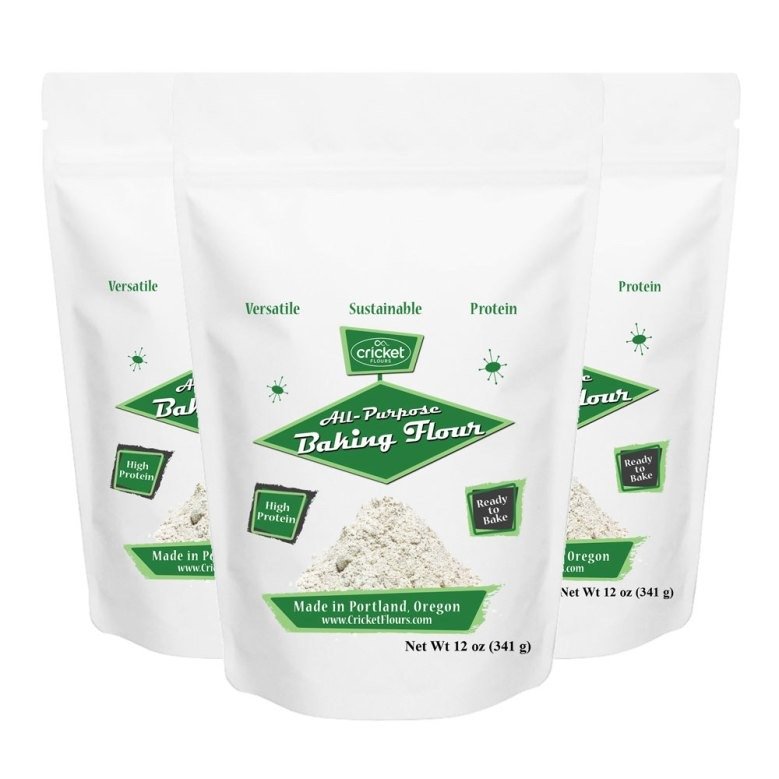
How to Dry Shoes in a Dryer
How to Dry Shoes in a Dryer? Shoes are not just functional items; they are often an essential part of our style and comfort. Whether it’s your favorite pair of sneakers or a classy set of leather shoes, taking care of them properly ensures they stay in good condition for longer. One critical aspect of shoe care is drying them effectively, especially after they’ve been exposed to moisture. While air-drying is a common method, using a dryer can be a convenient and efficient alternative, but it requires careful attention to prevent damage. In this comprehensive guide, we’ll delve deeper into the process of drying shoes in a dryer, providing detailed steps and tips to ensure your footwear stays in top shape.
Introduction
Importance of Drying Shoes Properly
How to Dry Shoes in a Dryer: Properly drying your shoes is not just about maintaining their appearance; it’s also essential for hygiene and comfort. Moisture trapped inside shoes can lead to unpleasant odors and create an environment where bacteria and mold thrive. By drying your shoes thoroughly, you not only eliminate these issues but also prolong the life of your footwear.
Overview of Using a Dryer
Using a dryer to dry your shoes offers several advantages, including faster drying times and convenience. However, it’s crucial to approach this method with caution, as excessive heat or tumbling can damage certain materials. By following the right steps and using appropriate settings, you can safely dry your shoes in a dryer without compromising their quality.
Checking Shoe Material
Different Materials Require Different Care
How to Dry Shoes in a Dryer: Shoes come in various materials, each with its own set of care instructions. While some materials like leather are more durable and can withstand heat, others like delicate fabrics or synthetics require gentler treatment. Understanding the material of your shoes is the first step in determining the best drying method.
Identifying the Material of Your Shoes
Before proceeding with drying, take the time to identify the material of your shoes. This information can usually be found on the shoe’s label or packaging. If you’re unsure, consult the manufacturer’s guidelines or do a quick online search to ensure you’re using the appropriate drying method.
Preparing the Shoes
Removing Excess Dirt and Debris
Before placing your shoes in the dryer, it’s essential to clean them thoroughly to remove any dirt or debris. Use a soft brush or damp cloth to gently scrub the exterior of the shoes and remove any stubborn stains. This not only helps prevent damage to the interior of the dryer but also ensures your shoes come out looking fresh and clean.
Stuffing Shoes with Appropriate Materials
How to Dry Shoes in a Dryer: To help your shoes maintain their shape during the drying process and absorb excess moisture, stuff them with materials like crumpled paper towels, old newspapers, or clean rags. Avoid using materials that shed lint, as this can create a mess inside the dryer.
Setting Up the Dryer
Choosing the Right Drying Setting
Most dryers come with a variety of drying settings, including options for different heat levels and durations. When drying shoes, opt for a low or medium heat setting to prevent damage to delicate materials. Additionally, select a cycle with a shorter duration to avoid overdrying.
Using Additional Accessories for Protection
To protect your shoes from direct heat and tumbling, consider using accessories like a mesh laundry bag or a pillowcase. Place your shoes inside the bag or pillowcase before putting them in the dryer to provide an extra layer of protection and prevent them from banging against the dryer drum.
Drying Process
Time and Temperature Considerations
The time it takes to dry shoes in a dryer can vary depending on factors such as the material of the shoes, the level of moisture, and the dryer’s settings. It’s essential to monitor the drying process closely and avoid leaving your shoes in the dryer for too long, as this can cause shrinkage or damage.
Monitoring the Progress
How to Dry Shoes in a Dryer: Check on your shoes periodically during the drying process to ensure they’re drying evenly and not overheating. If you notice any signs of overheating or damage, stop the dryer immediately and allow your shoes to cool down before assessing the situation.
Post-Drying Care
Letting Shoes Cool Down
After removing your shoes from the dryer, allow them to cool down completely before wearing them. This helps prevent discomfort and reduces the risk of damage to the shoes or your feet.
Inspecting for Any Damage
Once your shoes have cooled down, inspect them carefully for any signs of damage or shrinkage. Pay attention to areas like the soles, seams, and any embellishments or decorations. If you notice any issues, address them promptly to prevent further damage.
Alternative Methods
Air-Drying Outdoors
If weather permits, consider air-drying your shoes outdoors instead of using a dryer. This method allows for natural airflow and reduces the risk of heat damage, especially for delicate materials.
Using Silica Gel Packets
How to Dry Shoes in a Dryer: For faster drying, consider placing silica gel packets inside your shoes. Silica gel is highly absorbent and helps draw moisture away from the shoes, speeding up the drying process without the need for heat.
Tips for Specific Shoe Types
Leather Shoes
For leather shoes, apply a small amount of leather conditioner after drying to restore moisture and maintain suppleness. Avoid over-conditioning, as this can lead to a greasy residue.
Athletic Shoes
How to Dry Shoes in a Dryer: Remove the insoles and laces from athletic shoes before drying to ensure thorough drying and prevent damage to these components. If the insoles are removable, consider washing them separately to remove any built-up sweat or odor.
Delicate Fabrics
For shoes made of delicate fabrics like satin or silk, avoid using a dryer altogether. Instead, gently handwash them with mild detergent and air-dry them away from direct sunlight to prevent fading or damage.
Common Mistakes to Avoid
Using High Heat Settings on Delicate Shoes
How to Dry Shoes in a Dryer Avoid using high heat settings on shoes made of delicate materials, such as suede or satin, as this can cause shrinkage, deformation, or damage to the material. Opt for low or medium heat settings and monitor the drying process closely.
Overstuffing the Dryer
Avoid overstuffing the dryer with too many shoes at once, as this can prevent proper airflow and result in uneven drying. It’s better to dry your shoes in smaller batches to ensure they dry thoroughly and evenly.
Conclusion: How to Dry Shoes in a Dryer
Properly drying your shoes is essential for maintaining their appearance, comfort, and longevity. By following the steps and tips outlined in this guide, you can safely and effectively dry your shoes in a dryer, ensuring they stay in top condition for years to come.
Frequently Asked Questions
Q1: Can I dry all types of shoes in a dryer, or are there exceptions?
A1: While many types of shoes can be safely dried in a dryer, there are exceptions. Shoes made of delicate materials like satin, silk, or certain types of leather may be prone to damage from the heat or tumbling action of the dryer. It’s essential to check the manufacturer’s guidelines or do a quick online search to determine if your specific type of shoes is suitable for drying in a dryer.
Q2: How long does it take to dry shoes in a dryer on average?
A2: The drying time for shoes in a dryer can vary depending on factors such as the material of the shoes, the level of moisture, and the dryer’s settings. On average, it may take anywhere from 30 minutes to an hour for shoes to dry thoroughly in a dryer. However, it’s essential to monitor the drying process closely and avoid leaving your shoes in the dryer for too long to prevent damage.
Q3: Is it safe to use a dryer for shoes with embellishments or decorations, such as sequins or beads?
A3: Shoes with embellishments or decorations, such as sequins or beads, may be more delicate and prone to damage in the dryer. The heat and tumbling action of the dryer can cause these embellishments to become loose or fall off, compromising the aesthetic appeal of the shoes. It’s best to err on the side of caution and avoid drying shoes with delicate embellishments in the dryer. Instead, consider air-drying them or using alternative drying methods.
Q4: Can I use fabric softener sheets in the dryer with my shoes to add fragrance?
A4: While fabric softener sheets can add a pleasant fragrance to laundry when used in the dryer, it’s not recommended to use them with shoes. The chemicals and fragrances in fabric softener sheets may not be suitable for shoes and could potentially cause irritation or damage to the material. It’s best to avoid using fabric softener sheets with shoes and instead focus on proper drying techniques to maintain their quality.
Q5: What should I do if my shoes still feel damp after drying them in the dryer?
A5: If your shoes still feel damp after drying them in the dryer, it’s essential to allow them to air-dry completely before wearing them. Remove them from the dryer and place them in a well-ventilated area, away from direct sunlight, to finish drying. Avoid wearing damp shoes, as this can lead to discomfort and potentially cause damage to the shoes or your feet. If the shoes remain damp after air-drying, consider using alternative drying methods or seeking advice from a professional shoe care specialist.
See More










